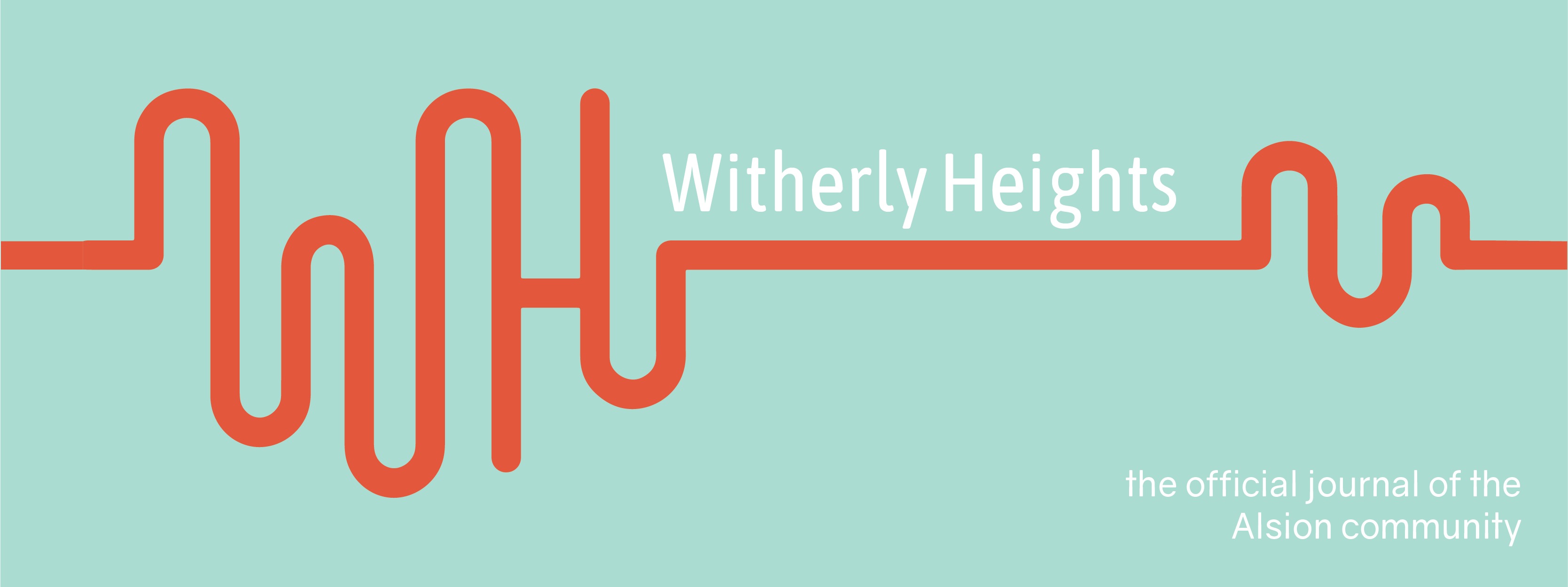Colonialism, Injustice, and Climate Change in Puerto Rico
As the world faces the increasing threat of climate change, illustrated by this past summer of catastrophes, it is critical to acknowledge the systemic inequalities that exacerbate the effects of the crisis for many. The island territory of Puerto Rico serves as a prime example of how past colonial actions and resulting inequalities can amplify the disastrous impacts of climate change. In this article, I will delve into the colonial history of Puerto Rico, the resulting infrastructural challenges, and how these factors are linked to the disproportionately devastating effects of climate change.
By Armaan Sharma
The developing world faces a multitude of challenges, one of which is the legacy of colonialism. Puerto Rico, although often ignored in this narrative, is no exception. For over five-hundred years, this small island has been under the rule of various colonial powers—most recently the United States. In the mid-20th century, more than fifty years after the U.S. first annexed the former Spanish colony, it launched a series of modernization efforts under the name Operation Bootstrap. This resulted in major investments in critical infrastructures, such as public schools, housing, healthcare, roads, the power grid, and the water supply system. Puerto Rico served as a model of industrialization but was soon ignored as the financial crisis of the late-20th century hit. The island’s history of colonialism had caused it to become reliant on foreign powers for economic support. Therefore, as American investment collapsed due to the financial crisis, so did Puerto Rico’s vital institutions. The island’s economy, infrastructure, and quality of life continue to deteriorate today, with blackouts, water shortages, and unemployment becoming increasingly commonplace.
Puerto Rico’s crumbling infrastructure, especially, has exacerbated the disastrous effects of climate change on the island. A report by Climate Change Resources finds that Puerto Rico’s seas are about half a foot higher since 1880 when records began, and the rate of growth is only accelerating, with scientists projecting 22 inches by 2060. This greatly increases the risk of flooding. When combined with Puerto Rico’s already vulnerable infrastructures such as roads, housing, and water supply, disastrous events such as hurricanes and tropical storms wreak such high levels of destruction that recovery seems unattainable. Puerto Rico’s small size also means that it largely relies on importing fuel. However, as climate change worsens and events such as tropical storms and hurricanes increase in frequency and intensity, importing fuel becomes more and more difficult. To make matters worse, the island’s power grid is dated and fragile, meaning such disasters quite often leave Puerto Ricans in the dark.
For these reasons, Puerto Rico Representative Mariana Nogales says that the island is in “a state of eternal fragility.” Recent climatic disasters illustrate this point. In 2017, Hurricane Maria paved a path of destruction through Puerto Rico, making landfall as a Category 4 hurricane. This was the most devastating natural disaster for the island on record, killing over 3,000 and yielding over $100 billion in losses. Unfortunately, this hurricane only served as a harrowing message for the future. Just a few weeks ago, Hurricane Fiona made landfall in Puerto Rico, following in Maria’s footsteps of destruction. Studies galore find that climate change intensified both events and is only increasing the likelihood of recurrences, as the air and water continue to warm. But while climate change may not be preventable, the damage done by it can be. Florida often deals with the same hurricanes that continue to ravage Puerto Rico, but always seems to recover with the snap of a finger. The difference between the two is prioritization.
Puerto Rico’s colonial past has led to a cycle of neglect. This cycle of neglect has birthed tragedy. Puerto Rico today is an unincorporated territory, with the U.S. hanging onto it with the smallest amount of strength possible. If you are dangling from a rope, it is going to be hard to do anything. The same applies to Puerto Rico, which is constantly being struck by disasters but unable to change its outcome. At this very point in time, 50% of transmission lines and distribution feeders across the island are damaged while hundreds of thousands are without power and water. Not only does the lack of access to clean water increase mortality rates from waterborne illnesses, but the lack of electricity further strains the island’s economy and dashes hopes of economic growth. The thing about neglect, unfortunately, is that it does not operate in an isolated instant. Every time Puerto Rico faces a hurricane, and every time its recovery is not prioritized, it will become more dependent on the external help it already lacks. Devastation will compound and there will be a point in time when revitalizing infrastructure will not be enough. So the American government faces a difficult question now—is it truly in their best interests for Puerto Rico to be depicted by poverty and destruction? Because it is a choice, not a predisposition.
Sources:
https://www.pr51st.com/what-does-puerto-rico-bring-to-the-table/
https://www.urban.org/urban-wire/how-hurricane-maria-exposed-puerto-ricos-colonial-boom-and-bust
